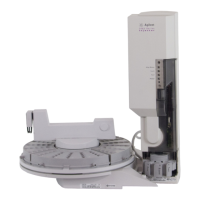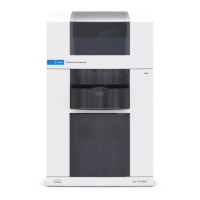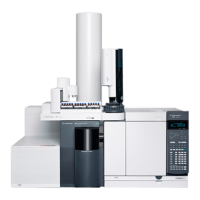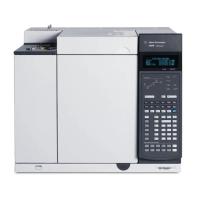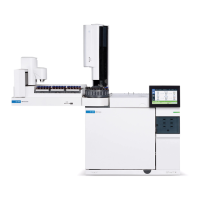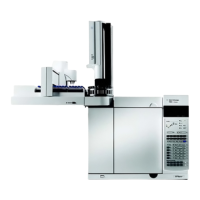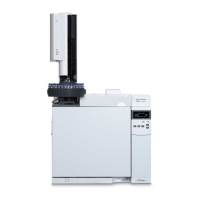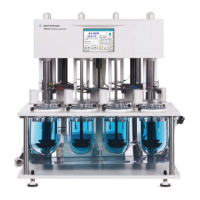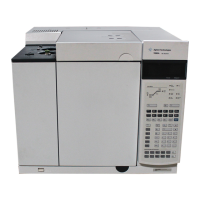4-9
Agilent 7500 ICP-MS ChemStation Operator’s Manual
Tuning
adjustment of Torch-H/V will be required. If these parameters are changed using
the software scroll bar, the plasma may turn off. Use only the scroll arrows.
• Carrier Gas
Controls nebulization efficiency of sample and sample uptake rate when
self-aspiration is applied. A higher gas flow rate increases the sensitivity of the
analysis for low masses, but too high a carrier gas flow rate will result in
increased oxide and doubly charged levels.
• Makeup Gas
Makes up Ar gas into the spray chamber is mixed with the carrier gas. When the
Ar gas supply pressure is not high enough to get a sufficient carrier gas flow, the
makeup gas is used. (e.g. cool plasma condition)
• Optional Gas (option)
When the optional gas line is added, it is possible to introduce gas other than
argon. (e.g. introduction of oxygen etc. when measuring organic solvent)
• PeriPump 1
Controls a sample uptake rate and drain from the spray chamber. It affects sensi-
tivity, stability of signal, oxide and doubly charged formation. Higher speed
increases sensitivity, but too high speed decreases sensitivity. Higher speed
increases oxide and doubly charged ions.
CAUTION Even when self-aspiration is used for sampling, the PeriPump 1 must be operated to
drain the sample from the spray chamber, if this is not optimized the spray chamber
will fill with sample solution.
• PeriPump 2 (option)
It can be used when a second (optional) peristaltic pump is installed on the
ICP-MS. It is possible to shorten the rinse time or the sample uptake time.
• S/C Temp
Controls the temperature of the spray chamber. Lowering the spray chamber
temperature lowers the sample vapor pressure and removes more water, reducing
oxide levels. It should be set at 2 ºC for aqueous sample to avoid ice formation.
When aspirating organic solvents run the chamber at -5 ºC.
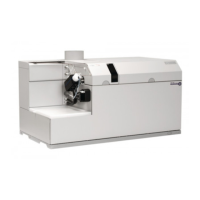
